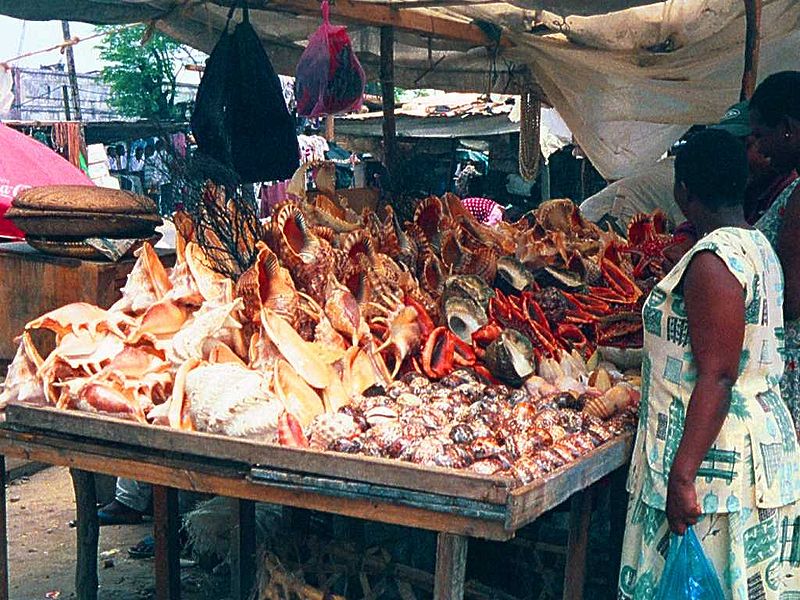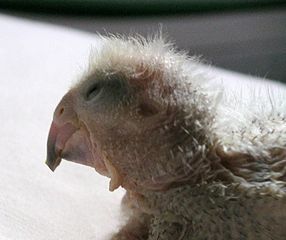Conservation efforts in Central Africa have long been plagued by heavily-armed poachers, corrupt governments and under-funded enforcement officers. However, a recent (December, 2010) undercover operation involving the governments of 4 countries offers hope that things may be changing for the better.
Parrots Under Pressure
African Gray Parrots are still legally and illegally collected in many of the 23 countries in which they are found, and are everywhere in decline. While some nations prohibit the taking of wild birds, in Angola and other nations there are no protections.
Lax enforcement and even outright government involvement in smuggling is typical in many areas. A short time ago, Democratic Republic of Congo officials returned 523 confiscated African Grays to the dealer who had illegally captured them – this after several organizations, including the Columbus Zoo, had participated in the rescue (please see article below).
A New Approach
The Last Great Ape Organization took action by soliciting officials from 4 Central African nations to participate in a “buy and bust” operation. The tactic has proven surprisingly effective, as confiscated parrots and products have remained in custody, and penalties have been meted out. In fact, 16 smugglers arrested in Gabon have been denied bail – a first for that country. The ivory they had collected was bound for Nigeria, a common destination for black market wildlife products.
In Cameroon, 1,000 African Gray Parrots and the shells of protected turtles were recovered. Significantly, a police officer was arrested for allowing the contraband to continue its journey upon payment of a bribe.
Leopard and lion skins, elephant tusks and ivory products were seized in the Central African Republic.
Cautious Optimism?
 It is hoped that word of this large scale, well-organized operation, conducted with government cooperation, will signal to smugglers that the status quo has changed.
It is hoped that word of this large scale, well-organized operation, conducted with government cooperation, will signal to smugglers that the status quo has changed.
However, conservationists in the area caution that the overall situation is still dismal. In addition to the outrageous behavior of some governments (please see article below), there remains the fact that tremendous damage has already been done to the region’s wildlife. Over 25% of all adult African Gray Parrots are trapped annually, Black Rhinos are gone from Cameroon, Elephants are extinct in Sierra Leone and a mere handful remain in Senegal – the status of unstudied species is impossible to determine. Most frightening is the fact that this is occurring despite decades of local and international protection.
Further Reading
The Columbus Zoo Aids Confiscated African Gray Parrots
African Gray Parrot Declines in Central Africa
Shells image referenced from wikipedia and originally posted by Richard Ling
 That Bird Blog – Bird Care and History for Pet Birds
That Bird Blog – Bird Care and History for Pet Birds



